
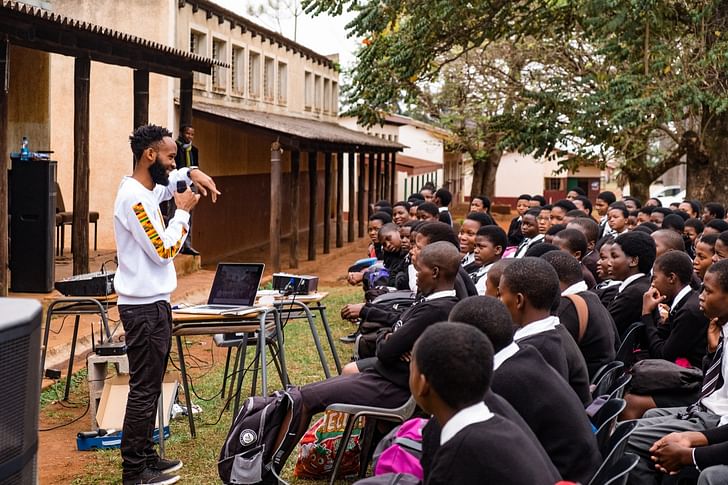
Wandile Mthiyane’s story captures a special reality about architecture and its unique relationship to people. Growing up in Durban, South Africa, Wandile lived in a community designed as a part of the nation’s oppressive apartheid regime of the past. And while the unjust laws of that history have been abolished, the consequences of its effects remain. Wandile decided early on that he wanted to counteract the remnants of this “apartheid architecture” that loomed over his fellow South Africans, and so he embarked on a journey few would have the grit to see to the end.
Determined to study architecture in the United States, the young dreamer raised himself to a position to eventually gain the support of one of the most powerful men in Durban, a crucial step in his path to realize his vision of a better future for his people. Today Wandile is the CEO and Co-Founder of Ubuntu Design Group, a social enterprise design firm with a non-profit arm that is transforming the lives of families in Durban; he was selected as one of the 200 rising leaders in his continent as part of the Obama Foundation’s Leadership development program, working with and receiving mentorship directly from President Obama himself; he is a TEDx Fellow; and a One Young World Ambassador. But most of all, Wandile is a servant-leader. He embraces a calling in life to serve humanity.
I connected with Wandile for an in-depth discussion about the work he is doing with Ubuntu Design Group and how he is fighting to undo the architectural effects of systemic racism in South Africa. We also dive into his early life, how he came to pursue a career in architecture, and how, at such a young age, he has found himself partnering with universities across the world to teach students his unique approach to architecture and design.
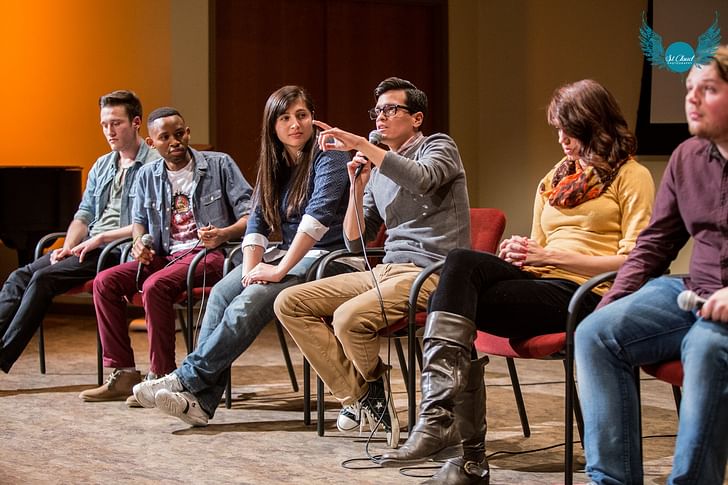
As a young and ambitious 18-year-old, Wandile Mthiyane began to cultivate a noble dream. He wanted, more than anything, to provide dignified homes for the people of his community, in the shanty-towns of Durban, South Africa. Living in a community developed by the nation's apartheid regime, Wandile and his neighbors found themselves in settlements deliberately designed to separate Black people from growth and opportunity. These remnants arose from the Group Areas Act of 1950, a tool used by the apartheid government to quash the existence of mixed-race communities and instead “assign” where people would live based on their race. “What this created was a labor camp called townships which were designed with the 40-40 rule,” Wandile explained to me in more detail. “They built 40sqm homes, placed them 40km away from the city, which then forced the Black people to spend 40% of their income commuting to work. This effectively rendered these communities incapable of developing their homes and communities.”
The result was communities designed devoid of social and economic opportunities, forcing Black citizens to be entirely dependent on the apartheid city centers. And today, 26 years after these laws were changed, the urban fabric this unjust regime birthed still remains, causing those living there to continue to use 40 percent of their income commuting to work. Wandile grew up observing this reality around him, slowly learning, developing, and cultivating a passion for the built environment.
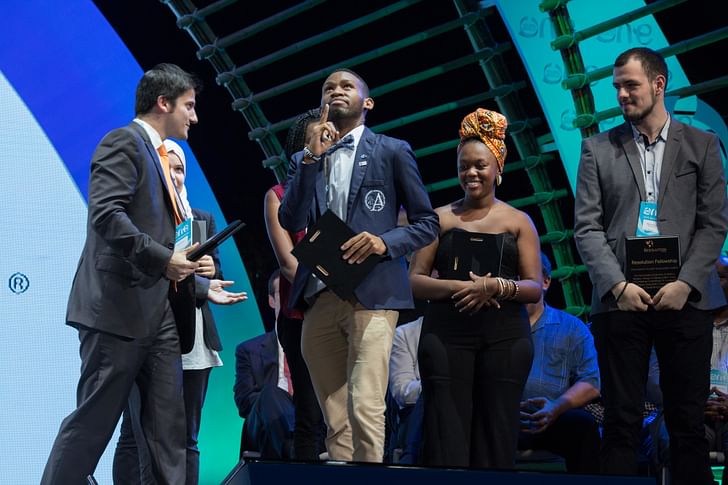
I wanted to know more about Wandile’s experience as a young boy, and where his love for architecture came from. With a sense of nostalgia, he took me back to his earlier years: “Growing up in an informal settlement (shanty-town) in Durban, South Africa, everyone was an architect,” he reminisced. “Every time a new person came to the community, we would gather all our scrap metals and leftover materials to build a home for them. From an early age, I recognized the problems with the plumbing and structure of these homes, and I always wanted to study architecture so that I would be able to help my community build stronger and more dignified buildings.” Wandile continued with a story of how the homes he and his friends lived in were too small to “play house” in.
Every time a new person came to the community, we would gather all our scrap metals and leftover materials to build a home for them.
So, as most young curious children typically do, the group began observing their parents. They began learning how to gather leftover materials to build playhouses for their games and recreation. Pausing for a moment, Wandile came in with the punch line — “In a sense, it was architecture that chose me,” he said.
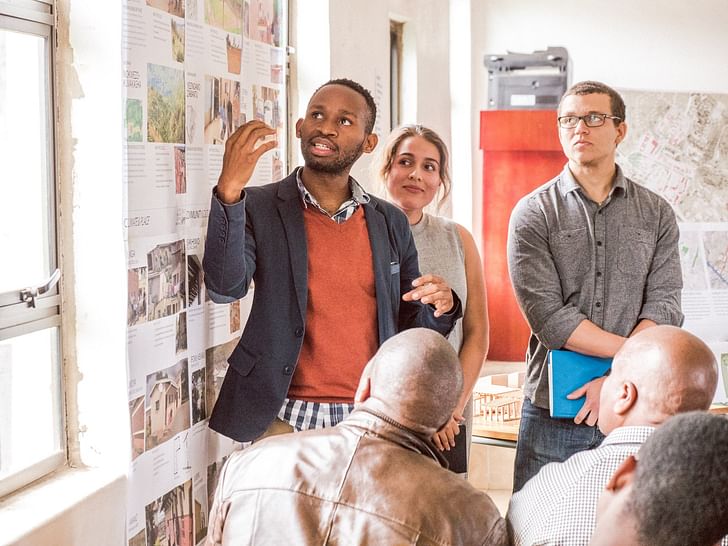
The aspiring 18-year-old soon secured a full-ride scholarship to study Town & Regional Planning at the Durban University of Technology (DUT). The dream to ultimately provide his community with reliable architecture was unfolding nicely for Wandile. His studies were soon to begin — or so it seemed. “Receiving the award to attend the local university was not enough for me,” he explained. “I wanted to go study at my dream university over in the United States so that I could learn architecture from a developed nation and bring back those tried and tested principles to help develop my city.” Wandile spent the first year at DUT taking town planning classes and learning how to use the internet, which allowed him to eventually apply to Andrews University in the United States. Fixed on his dream, the young student made a plan to raise funds to realize his vision of traveling to the States. And crucial to this plan was meeting with the mayor of Durban, something he thought would be a relatively simple process.
“I’m not sure if you have ever tried scheduling a meeting with the mayor of a city with over 3 million people, but I will tell you: IT IS NOT EASY,” Wandile stressed to me. “I quickly discovered one might have better luck winning the lottery. But, I would not be deterred.” Despite what seemed an impossible feat, Wandile pursued his goal at all costs, skipping school to attend town planning lectures to raise funds for this pursuit. He would visit city hall for what seemed like thousands of times, but couldn’t get access to the mayor. He even submitted his proposal to several companies only to receive rejection after rejection. But, one day, things took an unexpected turn.
Despite what seemed an impossible feat, Wandile pursued his goal at all costs, skipping school to attend town planning lectures to raise funds for this pursuit.
“In the midst of my efforts, while floodwaters flowed through the streets of Durban, a move of providence positioned me in the mayoral parlor on a day and at a time when the mayor himself entered in,” Wandile outlined. He had been to the city hall so many times that the security guards knew who he was. He was on a first-name basis with the receptionist, and every once in a while, he would even be served scones as he waited in the building. So, on this day, the mayor walks in, and Wandile is there, just feet away from him. It’s the moment he’s been waiting for. “What is this kid doing here?” the mayor asked Joe Kunene, his right-hand man, after seeing Wandile standing there. “This is another kid we need to help,” Kunene responded, “He received a partial scholarship to study architecture in America. He wants to develop our city, but lacks a bit of funding.” Kunene was right about Wandile, but he was mistaken concerning the funding.
The mayor looked Wandile up and down and asked who his father was. Wandile helped me understand that in the world of Durban politics, it’s your last name that gets you far, and when he told the mayor who his father was, it was clear he didn’t have the right name. “He asked me another question, one that I was more than prepared to answer,” he continued. The mayor questioned Wandile as to why he wanted to study architecture in the United States and not in one of the local universities in Durban. This was a question he was ready to respond to. Wandile had written a manifesto on how to develop Durban, and so he merely quoted from that writing. He explained to the mayor that if everyone studied at the South African universities, the thinking would never change, and for Wandile, that meant the development of the country would be stunted and slowed down. On the contrary, if some went to study in developed countries, then they could combine the principles they learn with the local ingenuity and creativity and help facilitate innovative solutions that would accelerate the development of Durban. I’ll let Wandile tell the last part of the story:
He nodded with a smile of affirmation and then went on to ask how much I needed. Though fearful of not getting anything, I told him I needed R150k which was only enough for the first semester. He burst into laughter, and I've never been more terrified, thinking my dream had just come to an end. He then said, “We do need architects and we need young people who are going to develop our city.” He turned to his right-hand man and said, “go to the mayoral golf awards, mayoral business awards and mayoral education, put all that money together and give it to this kid and let him go to school.” He looked at me intently and said, “We’ve never given any single individual more than R10k. Go and do us proud.”
And it was with this meeting, that the aspiring designer had been eagerly waiting for, that he found himself on his way across the Atlantic, to commence his architectural studies in America.
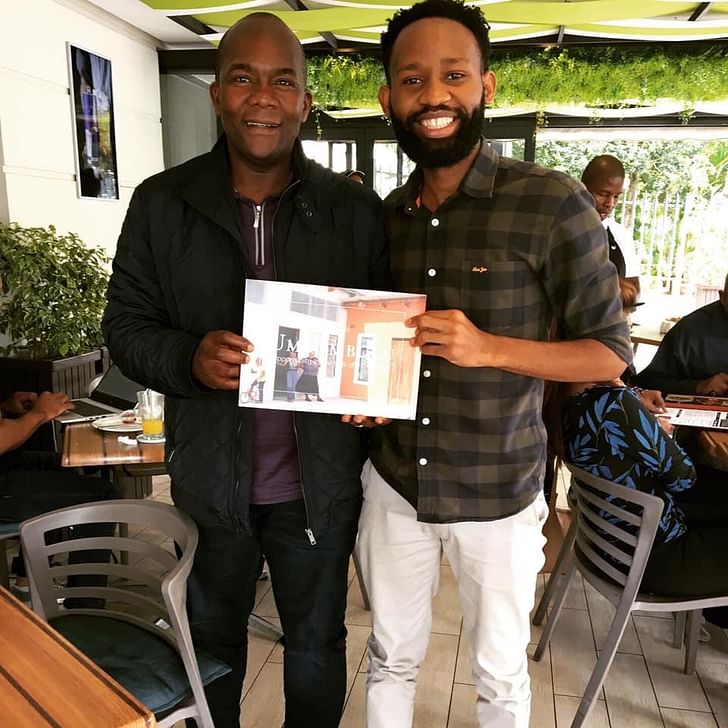
Wandile soon arrived in Berrien Springs, Michigan to begin his academic career at Andrews University School of Architecture & Interior Design. Setting out on a 4+1.5 track, where he would receive a 4-year Bachelor of Science in Architectural Studies followed by a 1.5 year Master of Architecture, the path was clear, and the sky was the limit. But one Thursday afternoon, in his senior year as an undergrad, Wandile received an intriguing email about a social venture competition. It was a competition called The Resolution Project, that sought to find young leaders who were pursuing socially responsible solutions to issues affecting communities around the world. It was hosted at the One Young World Summit for that year.
“I had been thinking about this thing called Ubuntu, and so I literally wrote a business plan from Friday to Monday. And to my surprise, later that day, I found out that Ubuntu won!” Wandile explained. The new venture started winning awards and getting featured in articles and, even before any designs or projects were developed, Ubuntu Design Group became one of the top 6 finalists at the Eco Place by Design at SXSW. With so much growth happening with his new venture, Wandile left Andrews University with his undergraduate degree, and instead of pursuing a Master’s, took his place on the world stage. But, little did he know, his alma mater would later become one of his most supportive allies.
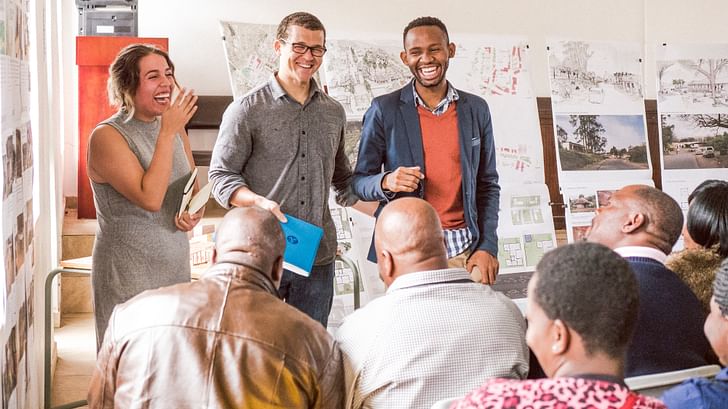
But what is ubuntu? It is a Zulu term that translates, “I am because you are.” It’s the idea that community is the core aspect of humanity and dignity. This is the driving force behind Wandile’s life work and the inspiration behind Ubuntu Design Group. The organization’s ethos is built from 3 foundational principles:
1. Listen to Build
This makes the community the leader of an architectural intervention as opposed to a detached designer coming in and imposing an uninformed solution upon a people group. “Architecture is like marriage, the best results come from being a great listener,” Wandile articulated, “that sometimes means the building will look ugly according to your standards, but beautiful to its owner --- and that’s what matters. Architects need to stop designing to be featured in publications and start designing for people.”
2. Building to Enable
Many of the people that UDG is seeking to help live in the old apartheid-designed townships, which means that they are far from economic opportunities. A crucial question Wandile and his collaborators asked themselves was what else a home could be? How could it provide the owner with income, for example? Wandile helped me understand this: “The problem with affordable housing is that it doesn’t empower people. They can’t add on to it, and so they can’t grow,” he said. “All of our projects have a commercial space. If you think of an entire community where your home can house your daycare, your market, your classroom, and all of these things, all of a sudden, home becomes a place that can empower you and your community.”
3. Enable Ubuntu
This means to enable community. Building off of his last point, Wandile described the ultimate vision he has for the community in Durban he is currently working with: “It’s not just about the individual house, but the community also. We want the money to stay in the community. We want a community where kids can walk to school, to the doctor, to the church,” he explained. “What usually ends up happening here is that people go to school and never come back, because there are no opportunities. We want to create opportunities so that the community can grow and flourish.”
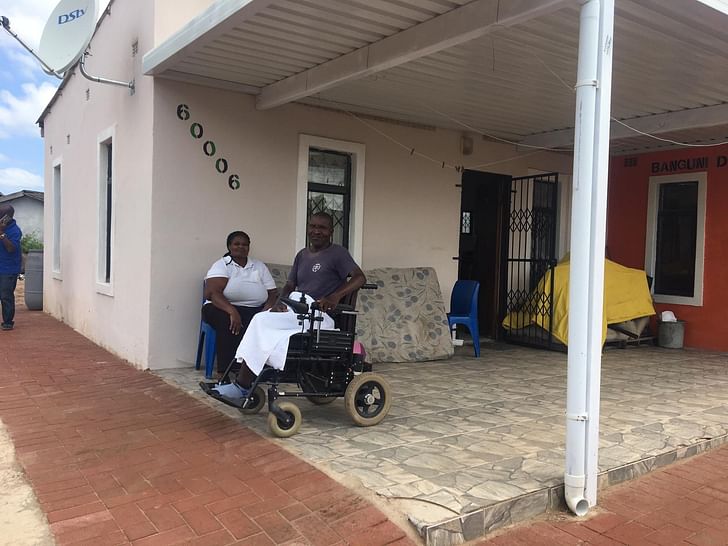
UDG was able to implement these principles in a pilot project a few years ago. After receiving a call from his Andrew Von Maur, one of his professors back at Andrews, Wandile garnered the support of the university to realize his ideas concerning community-led design with his new organization. “My professor took a lot of professional risks to have the whole masters program focus on what I was doing with Ubuntu in South Africa,” Wandile expressed. “I'm forever indebted to that leap of faith by this professor and the university.” The M.Arch studio at Andrews partnered with UDG to help a family in Durban who was in desperate need of help. But this time, the designers would be the ones doing the listening.
With guidance from the city of Durban, the design team was able to connect with the Mtshali family, one of the neediest families in the city at the time. The father of the household had survived a severe road accident and was left disabled. His wife, Fikisiwe, was also living with a disability. After an intense storm, the family’s home was destroyed, forcing them to move into a makeshift shelter that was unsafe and low on space. As a result, the parents sent their son to live with another family member. “The mother didn’t want her son to live in such a traumatizing environment,” Wandile told me, “her husband was completely reliant on her for everything, and they did not want their son to have to witness their struggle every day.” He paused. “Imagine having a disability yourself, and also having to help someone else who can’t function without you. Oh, and on top of that, your house is falling apart.” I couldn’t imagine it.
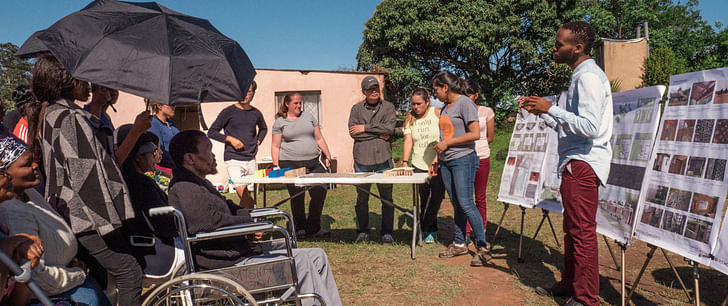
The family was receiving a government disability grant, but the amount did not cover their monthly expenses, and so their hopes of a new home looked slim — until Wandile, Ubuntu Design Group, and Andrews University came together to partner with the family. “This family wanted to open a daycare to support the community, so the final design included a fully functioning daycare that could accommodate six kids,” Wandile expanded. Now the family owns a home that sustains itself. They have since tripled their income while also providing a valuable service to the community, and their son has been able to come back and live with them. Their business is also growing. They are now taking care of 18 kids, building from the initial six, and the couple is working on building a larger daycare for the community.
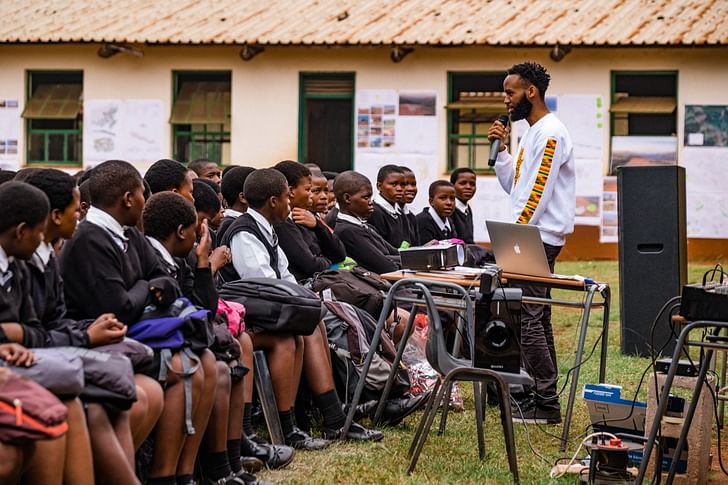
Wandile and UDG have since developed a study abroad program with a goal to educate students across the globe about the effects architecture can have towards systemic racism Called the Ubuntu Architecture Summer Abroad Program, the new offering aims to teach college students a community-centered approach to architecture through a design-build studio course that will be led by Wandile.
“Students will be designing and building a home for a family that has been affected by apartheid architecture,” Wandile explained. “They will come to South Africa and learn first-hand the role of architecture in systemic racism, it’s history, and what its impacts are today. And they will get to be a part of the solution we are pursuing.” UDG will be partnering with universities and will provide a syllabus for studios to work on throughout the spring semester, meeting periodically with Wandile and his team remotely. When summer comes, students will join UDG in South Africa, and present their designs with the other students in the cohort. “At that point, we are going to set the designs aside, and the students will start to engage with the community, and learn more about Durban, and the history of its oppressive design origins,” Wandile added. “We’ll also pair them with students from the local design schools so that they can learn more about the culture they have just landed in.”
Wandile’s whole goal with this is to show students outside of South Africa how different their detached ideas are from what the locals really need.
Wandile’s whole goal with this is to show students outside of South Africa how different their detached ideas are from what the locals really need. “After this, the students will redesign their initial creations,” he explained. Two final design schemes will arise from this process. Those will be presented to the community and a final design will be selected. The cohort for the following year will build the design chosen by the community. That’s what’s different about this design-build experience: the cohort will split into two groups and alternate between building a home that was designed by the group that came a year before them while designing a new home for the cohort that will come the year after them. When the students return home, local builders will finish the project. “It’s a new approach for sure, but we have a lot of institutions who are eager to partner with us,” Wandile concluded.

As I reflected on my conversation with Wandile, there were many takeaways. I think the biggest is the refreshing view that architecture can be a vehicle to serve people, instead of merely a tool to flex one’s creative ability. The latter, in some form, has its place in the world, but Wandile and his collaborators’ devotion to serve communities in a way that sets aside their preconceived ideas about design struck me as something rare. Learning about architecture’s oppressive role in South African history also opened my eyes to the injustices and subtleties the built environment can bring upon people in other communities. I have learned a lot from this ubuntu mindset, and I am grateful to have received it from Wandile. I hope the reader has also, if only in a small way, received a new way of seeing the role of architecture in the global picture of human existence.

Sean Joyner is a writer and essayist based in Los Angeles. His work explores themes spanning architecture, culture, and everyday life. Sean's essays and articles have been featured in The Architect's Newspaper, ARCHITECT Magazine, Dwell Magazine, and Archinect. He also works as an ...
1 Comment
Keep up the good work!.
This is what AIA and its licensed members should be doing expanding architecture to the masses to solve housing issues brought about by historical exclusionary policies;pushing architecture to reflect underlying population demographics .
Just like in South Africa architecture was an exclusive club demographically and as you can see has had negative social ramifications just like in America.
Andrews University should also focus on the problems affecting low income housing in Detroit,Flint and other areas.It is not enough to fly thousands of miles to solve social issues in Durban. The main social lab on housing issues should be in Michigan followed by other places all over,New Orleans,Oakland,Compton,Trent,Baltimore etc.The Mayor of every city has this problem and could pay for the education of someone as impactful as this guy.It's a good start given that they have tried to expand their student body.Still more needs to be done.
https://www.andrews.edu/said/myauarchstory
If architects reflected the communities they came from we would be seeing more of this.AIA has to expand its demographics failure of which the cost is unmatched both in the short term and long term.
https://www.pewtrusts.org/en/research-and-analysis/blogs/stateline/2018/06/21/feds-michigan-county-contributed-to-housing-segregation
Block this user
Are you sure you want to block this user and hide all related comments throughout the site?
Archinect
This is your first comment on Archinect. Your comment will be visible once approved.